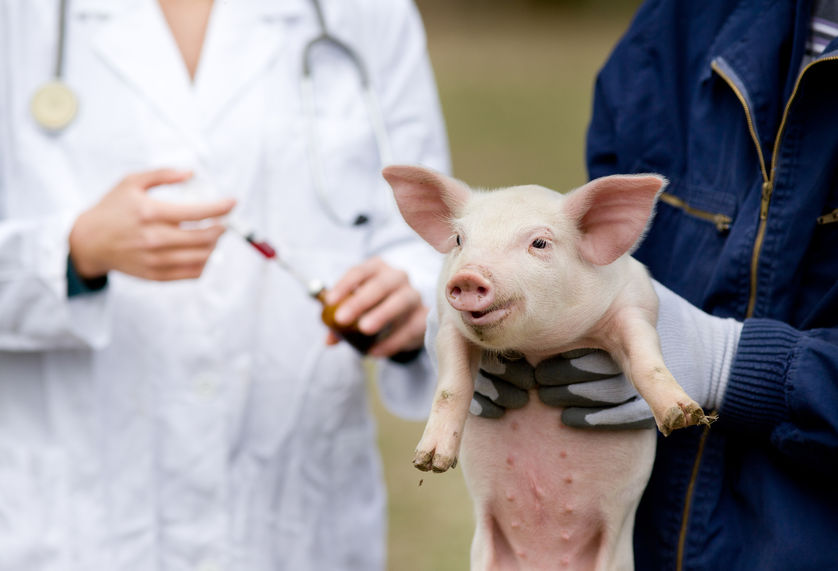
The UK livestock industry has been handed a new set of antibiotic reduction goals as RUMA Agriculture launches its latest five-year targets — a move hailed as another step in tackling antimicrobial resistance (AMR), but one that arrives with challenges for farmers already under pressure.
RUMA’s third Targets Task Force cycle (TTF3), running from 2025 to 2029, has been formally backed by the government’s AMR National Action Plan and marks almost a decade of voluntary industry action that has already slashed antibiotic use across UK livestock.
Since 2014, usage has fallen 57%, with the use of highest-priority critically important antibiotics down by 83%. RUMA Agriculture chair Cat McLaughlin said the new targets build on a “remarkable” industry effort but warned that the next phase will require realism.
“For some sectors, sustainable levels of use may already have been reached,” she said, stressing that maintaining low use — without damaging animal welfare — is now the priority for several parts of the industry.
The TTF3 report outlines each sector’s commitments alongside wider stewardship work, including campaigns, data projects and disease-prevention strategies. For farmers, the targets mean continued scrutiny of antibiotic use at a time when climate pressures, disease outbreaks and vaccine shortages are already stretching resources.
McLaughlin said vaccine availability remains a major hurdle for reducing reliance on antibiotics. She welcomed the Veterinary Medicines Directorate’s new Statement of Intent on vaccine access, calling it a step towards ensuring farmers “have the vaccines they need” to protect herd health.
The livestock sector’s efforts drew support from the Veterinary Medicines Directorate. Chief executive Abi Seager said the agency “welcomes the third set of targets,” praising the industry’s long-standing commitment to responsible use since 2016.
The Animals, Plants, Food and Environment Delivery Board also endorsed the targets, describing them as a key element of the UK’s One Health approach. It urged regular review and refinement as new surveillance data becomes available.
Addressing the launch webinar, Baroness Hayman of Ullock said AMR remains “one of the most pressing health challenges of our time” and applauded the UK livestock sectors for placing the country “amongst the most progressive nations in tackling AMR in agriculture.” She called on vets, farmers and industry leaders to “back these targets wholeheartedly.”
As some sectors push for further gains and others hold at sustainable levels, RUMA says the core principle remains unchanged: use antibiotics “as little as possible, as much as necessary”.
McLaughlin warned that expectations of continual annual reductions are “not realistic,” and must not come at the expense of animal welfare. She emphasised the importance of vaccines, skilled stockmanship and a supportive farming infrastructure in keeping progress on track.
The latest targets come just a week after the publication of the final TTF2 report and the VMD’s Veterinary Antimicrobial Resistance and Sales Surveillance (VARSS) report.
Both confirm that UK livestock remains among the lowest antibiotic users in Europe, with some of the steepest declines in resistance recorded over the past decade.
New APHA and VMD data also show a strong link between reduced antibiotic use and falling AMR levels in UK animals.
